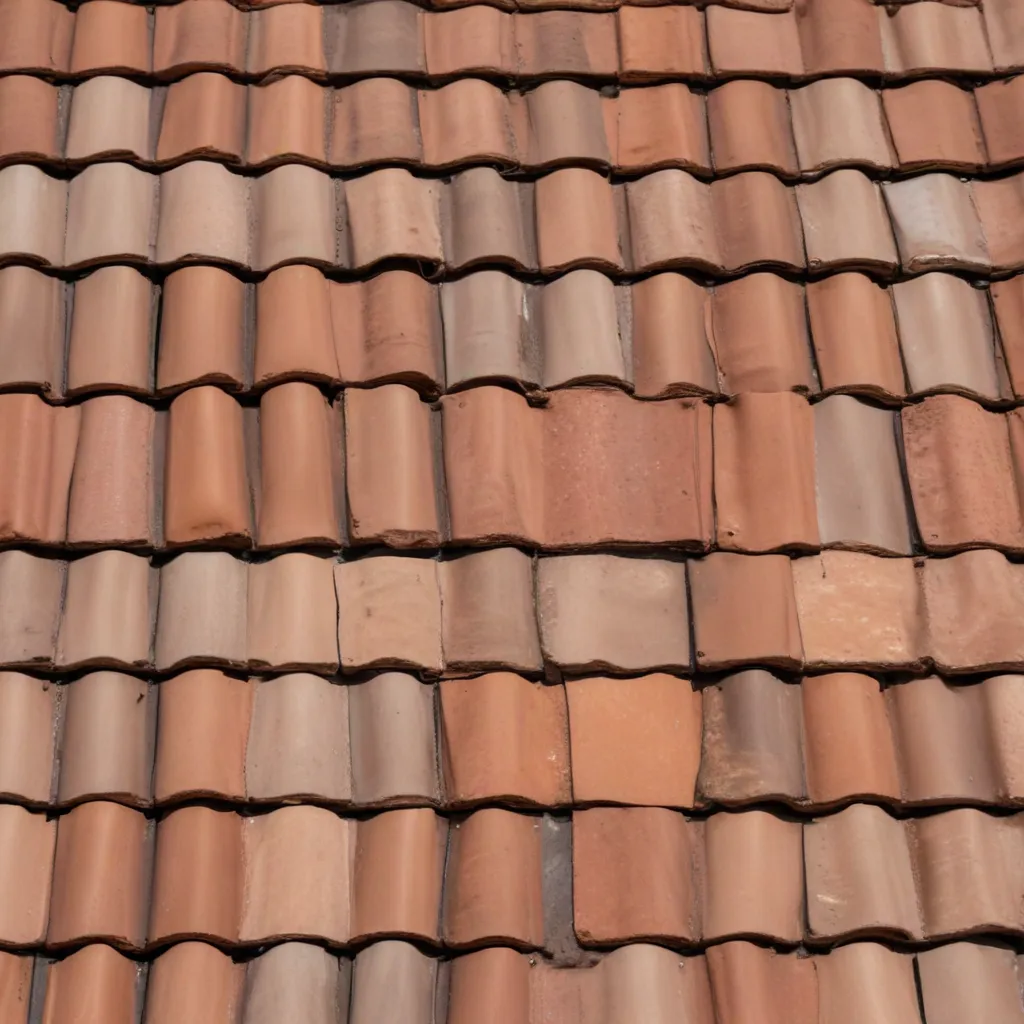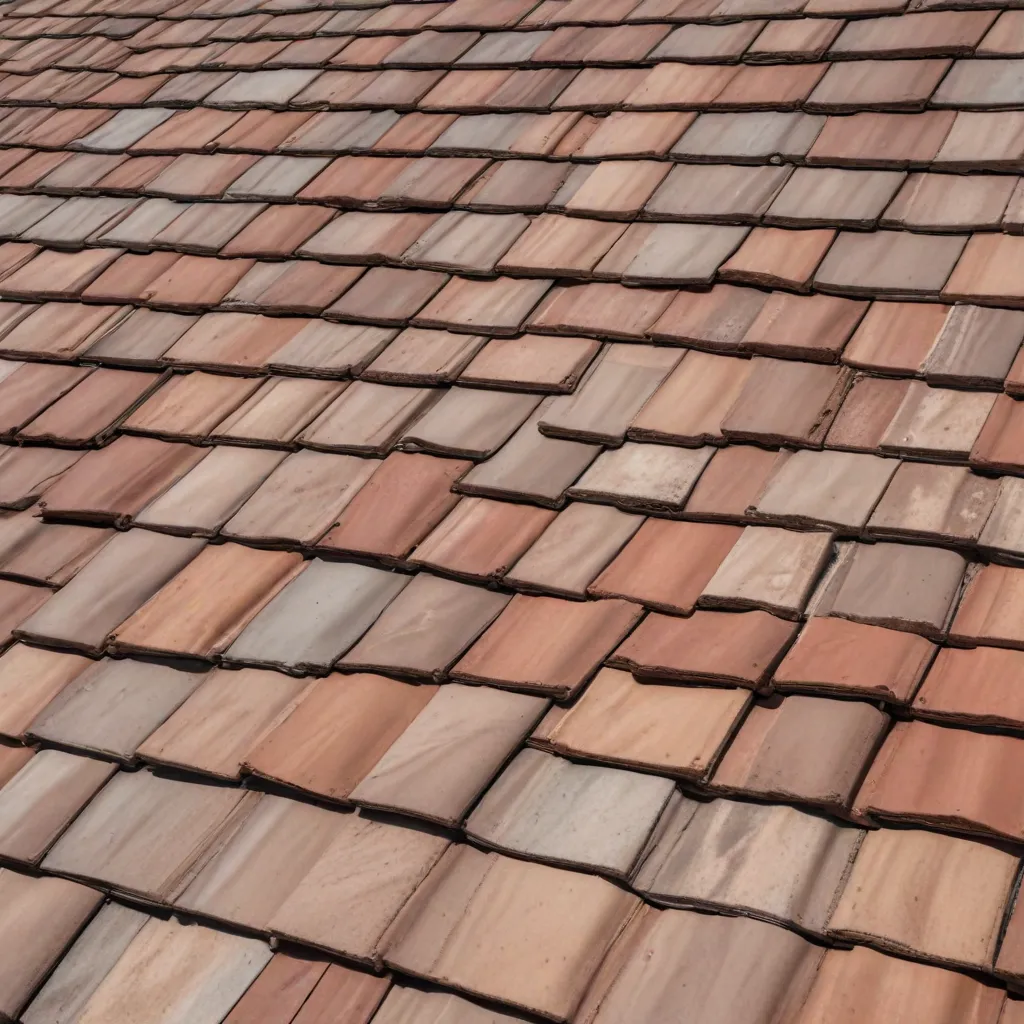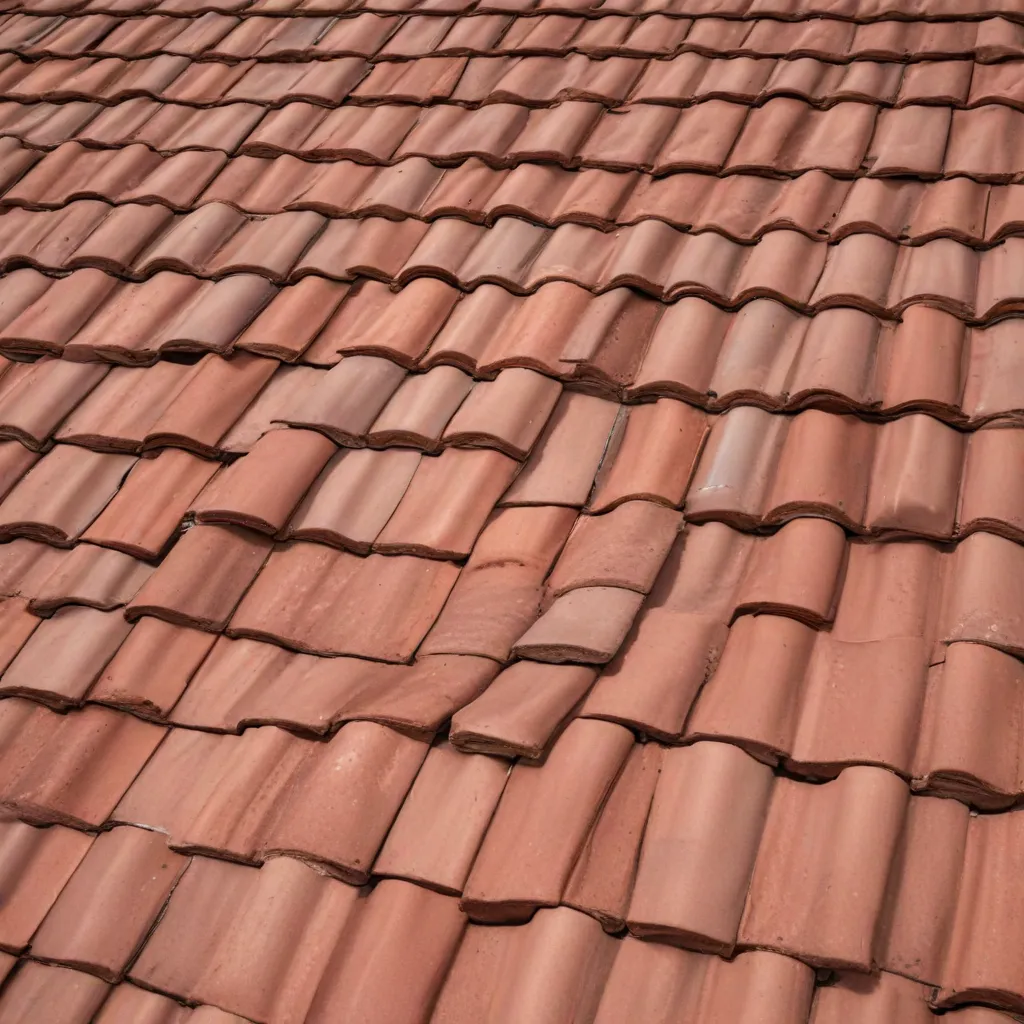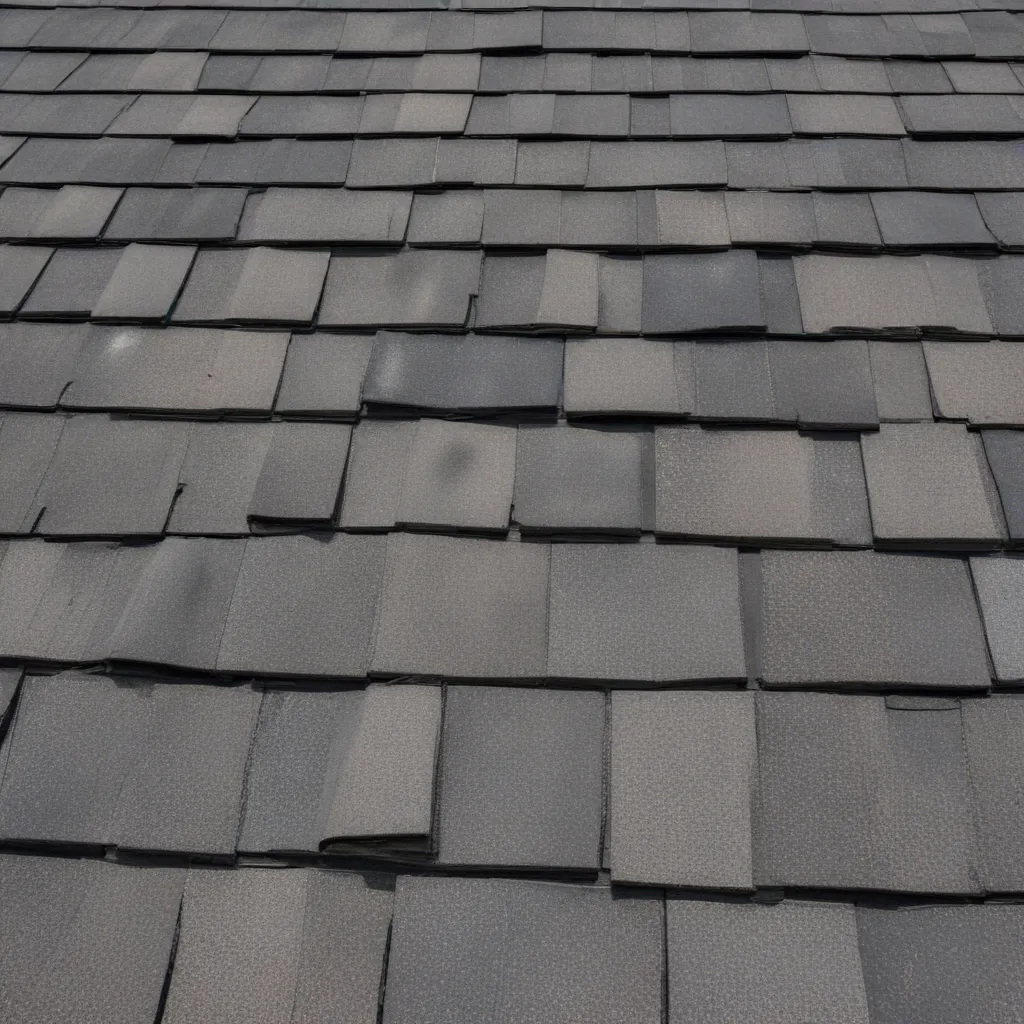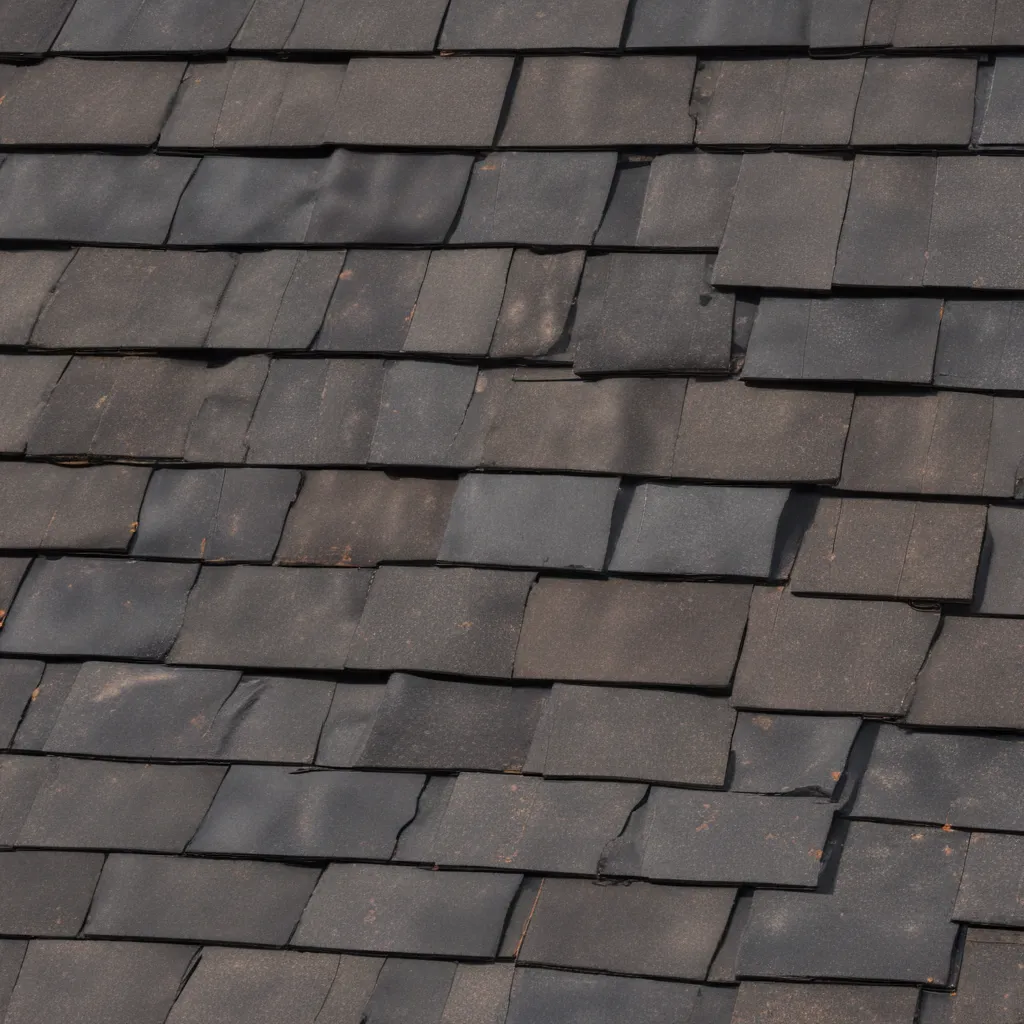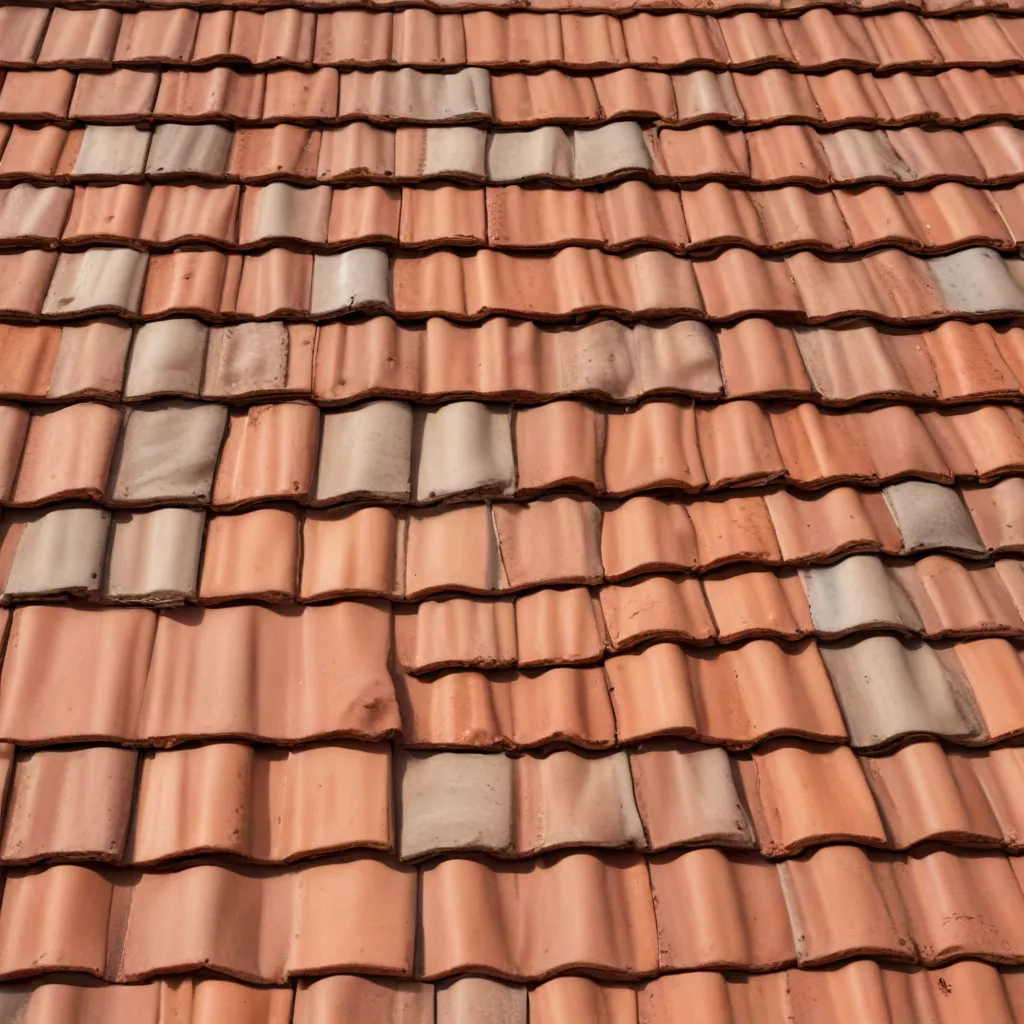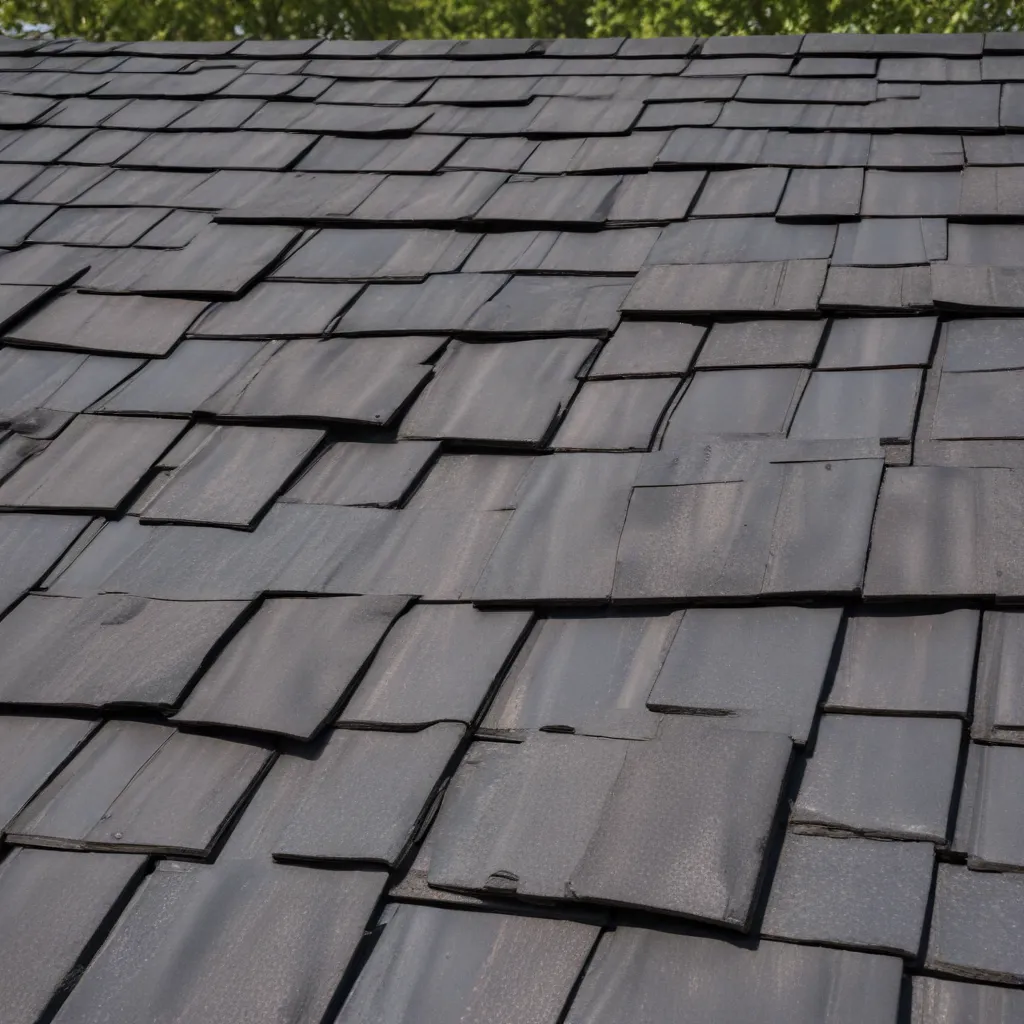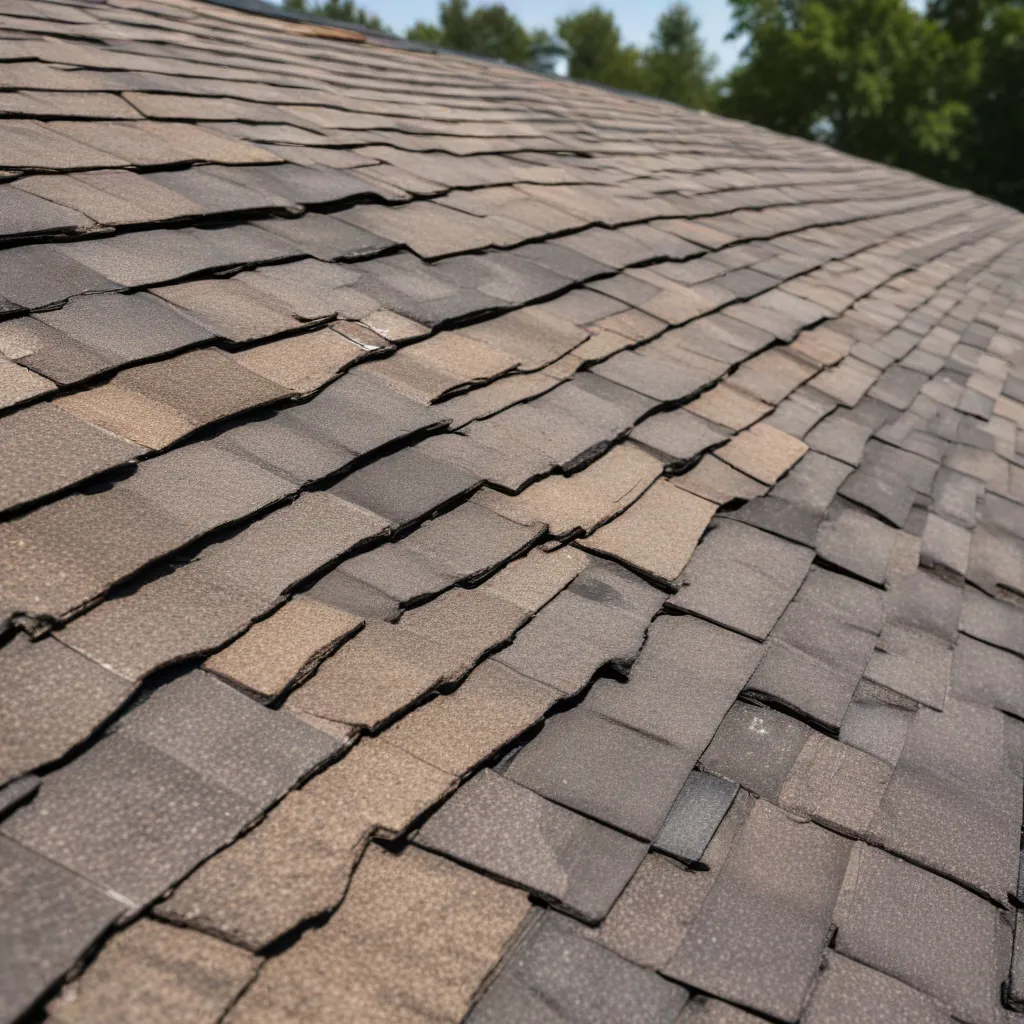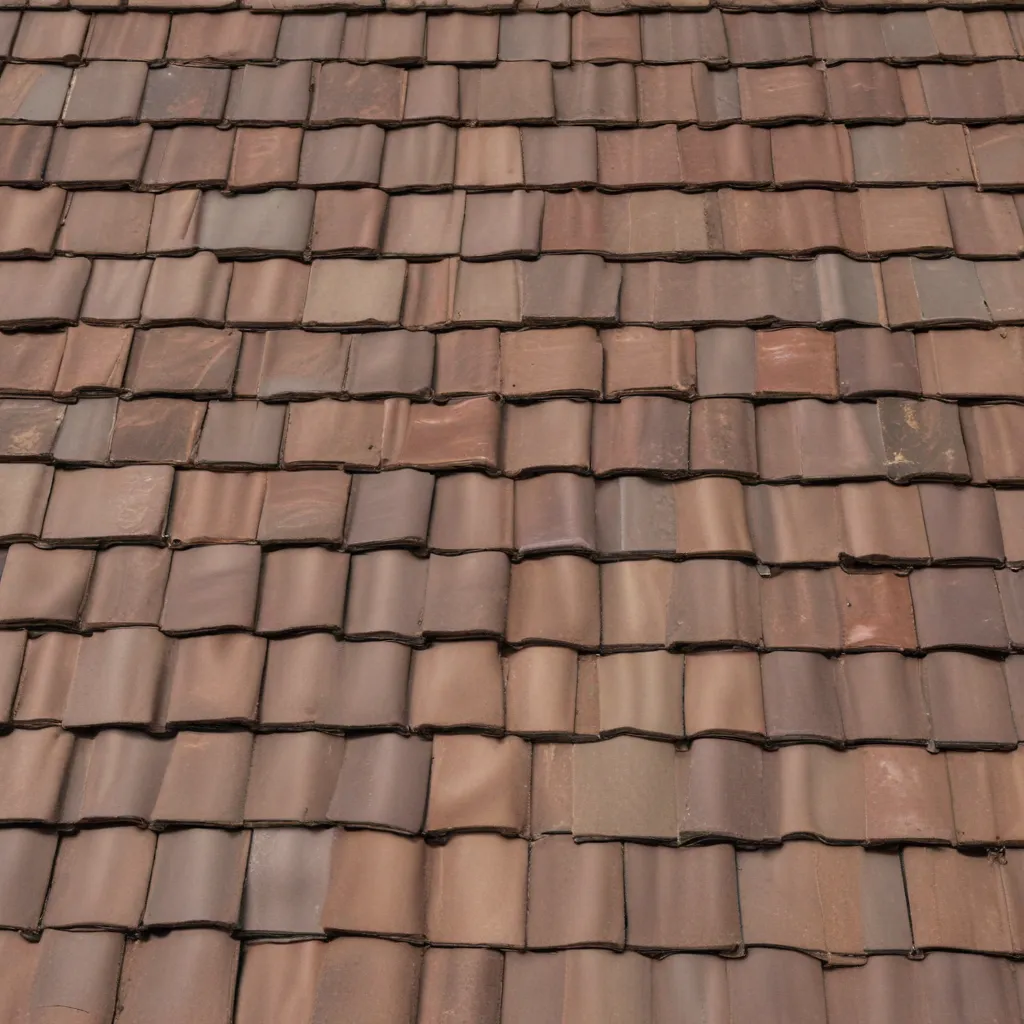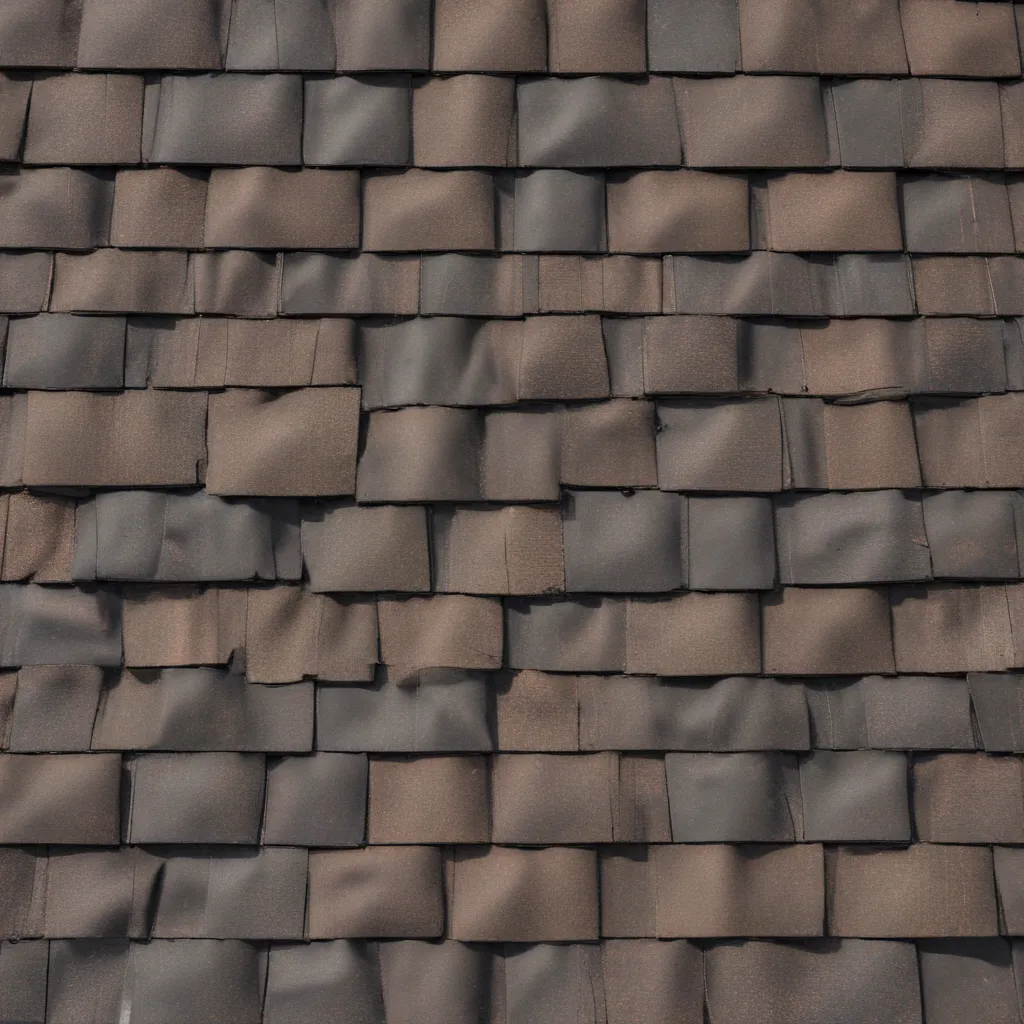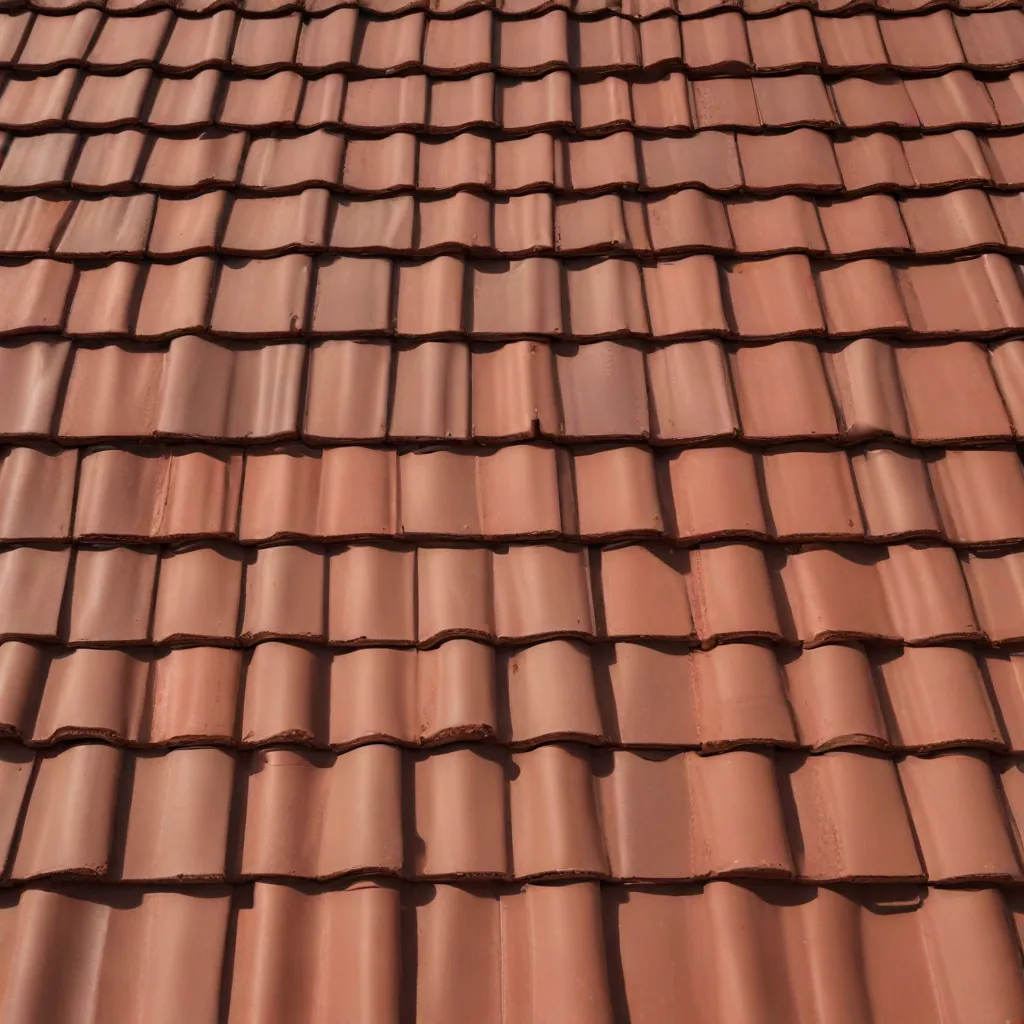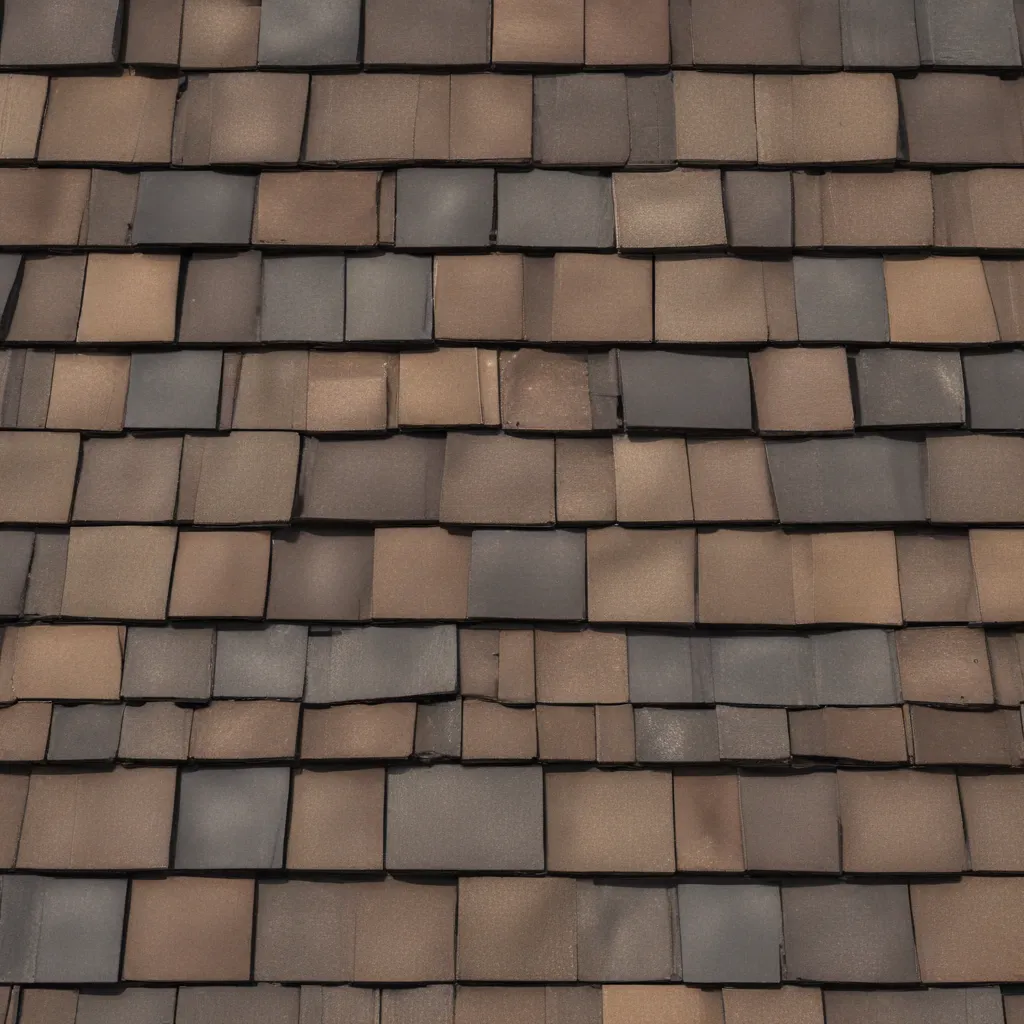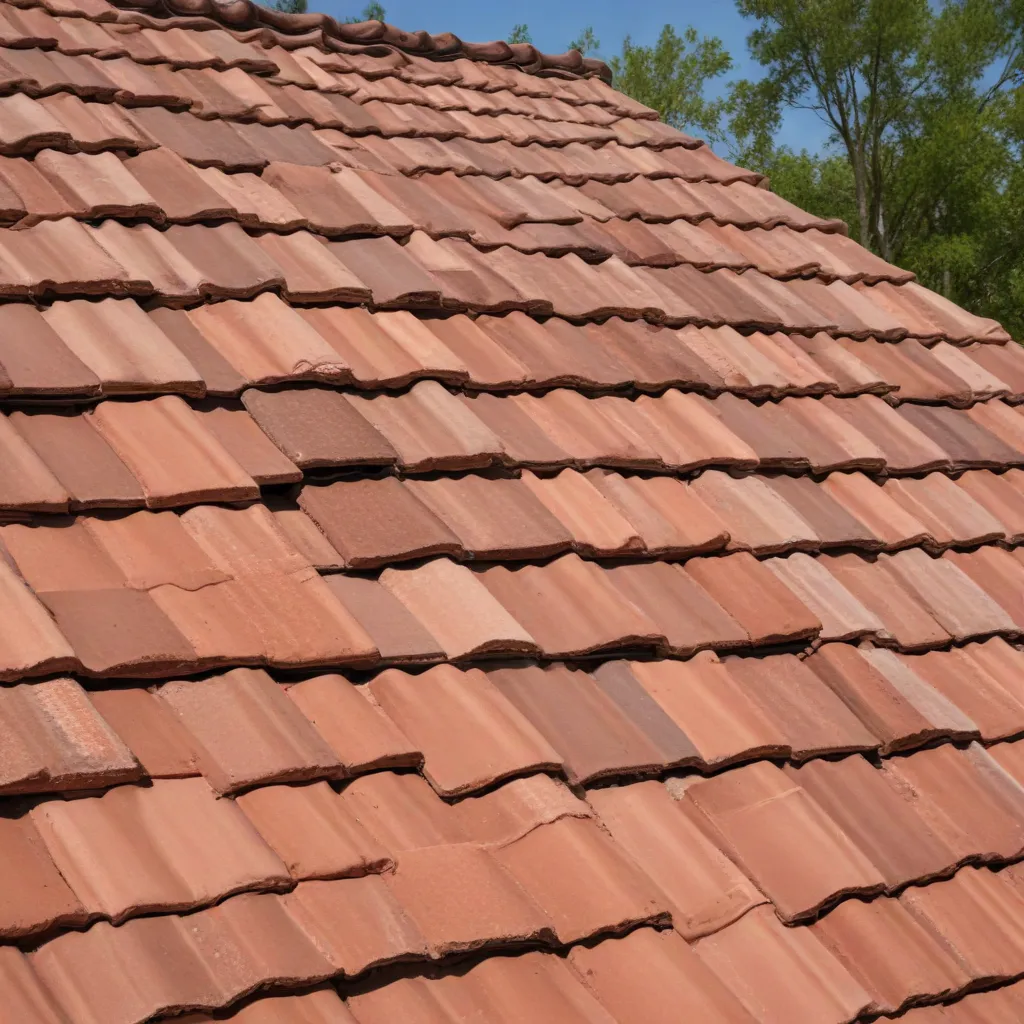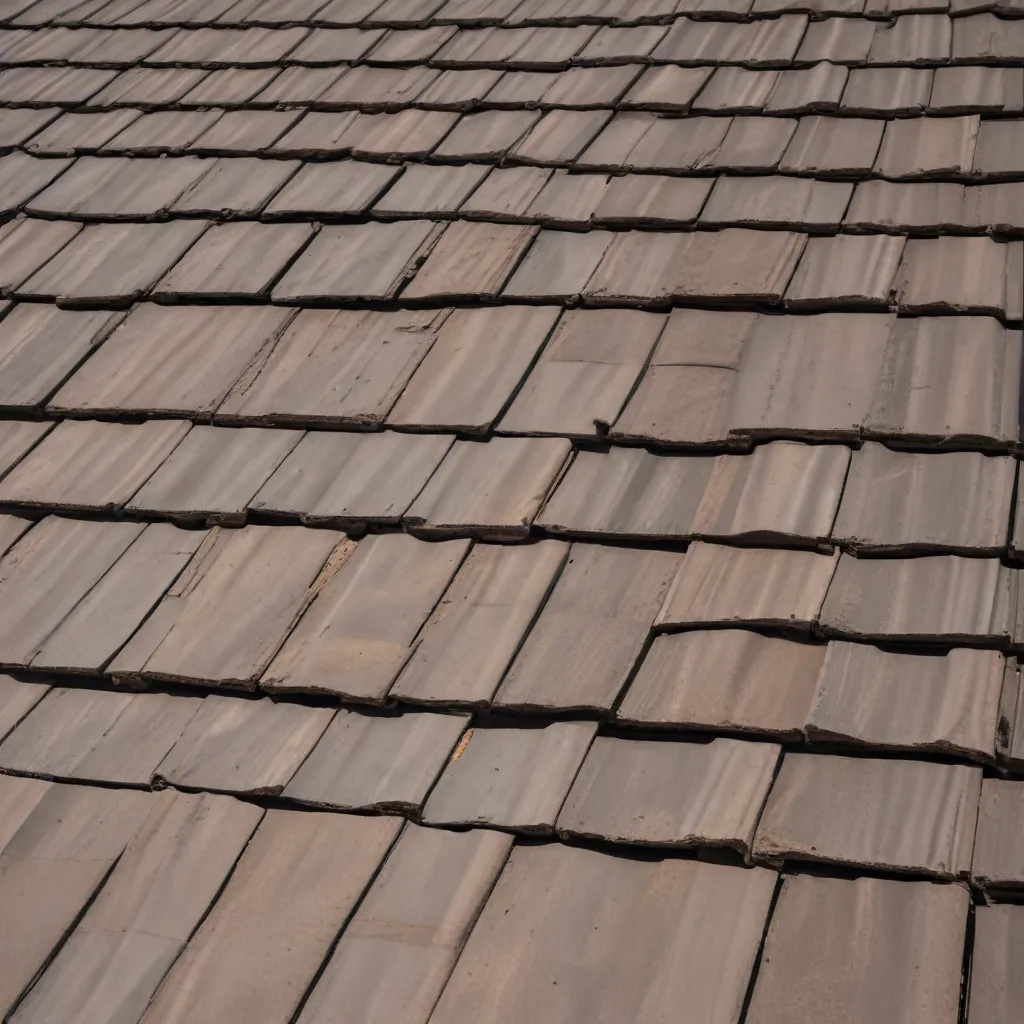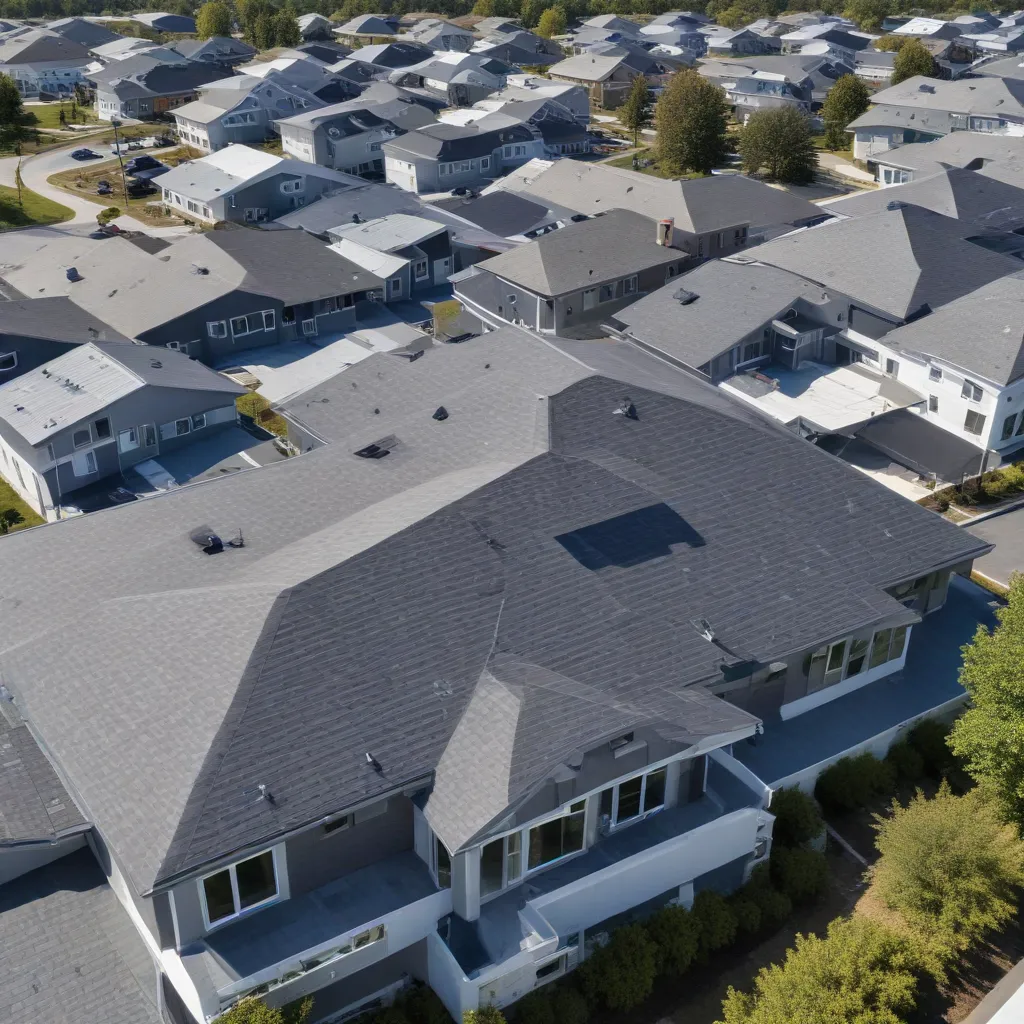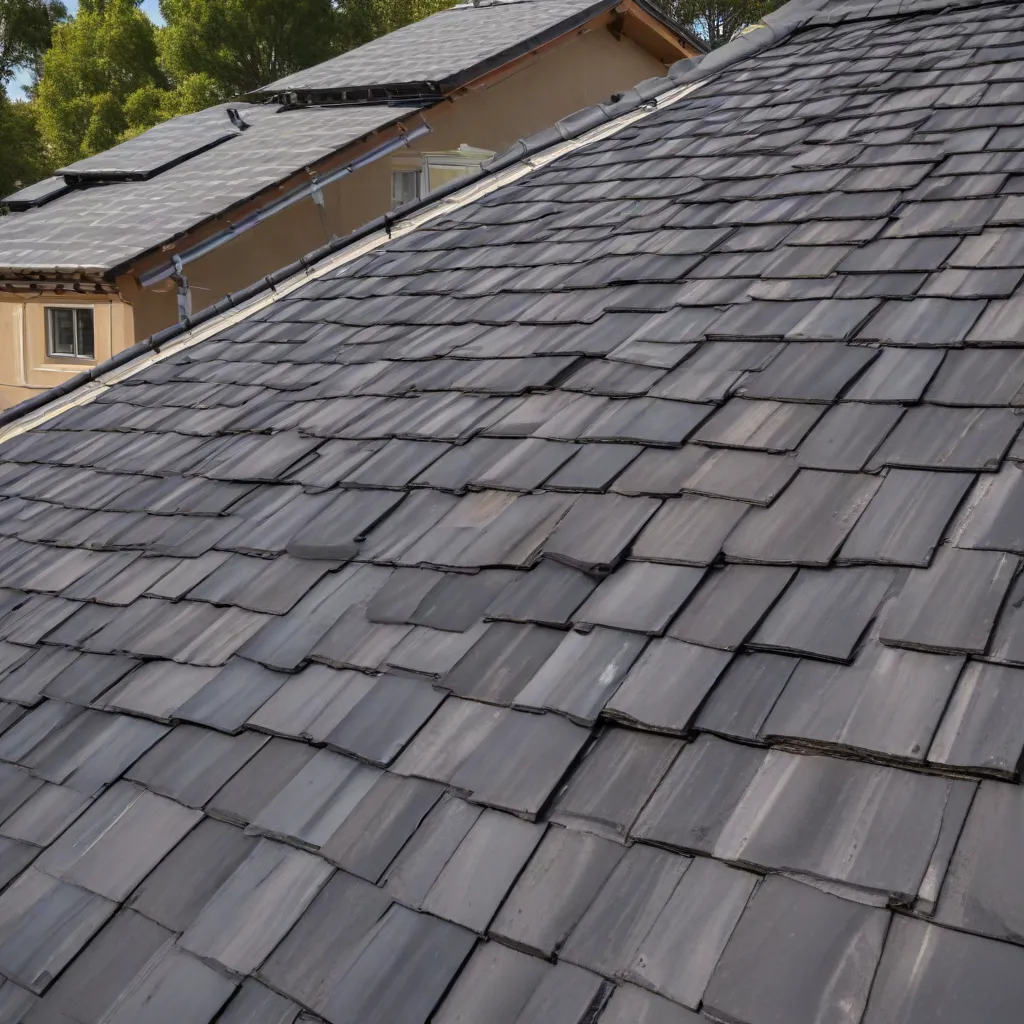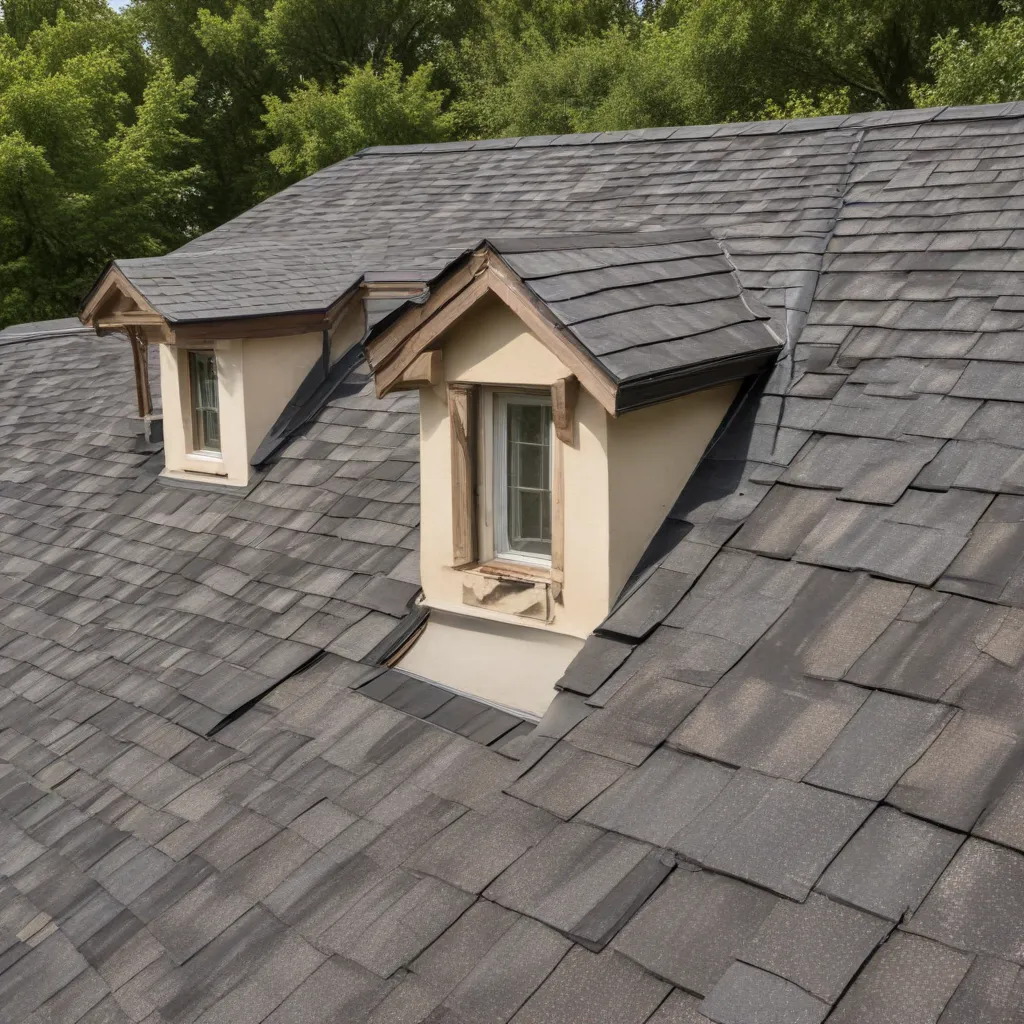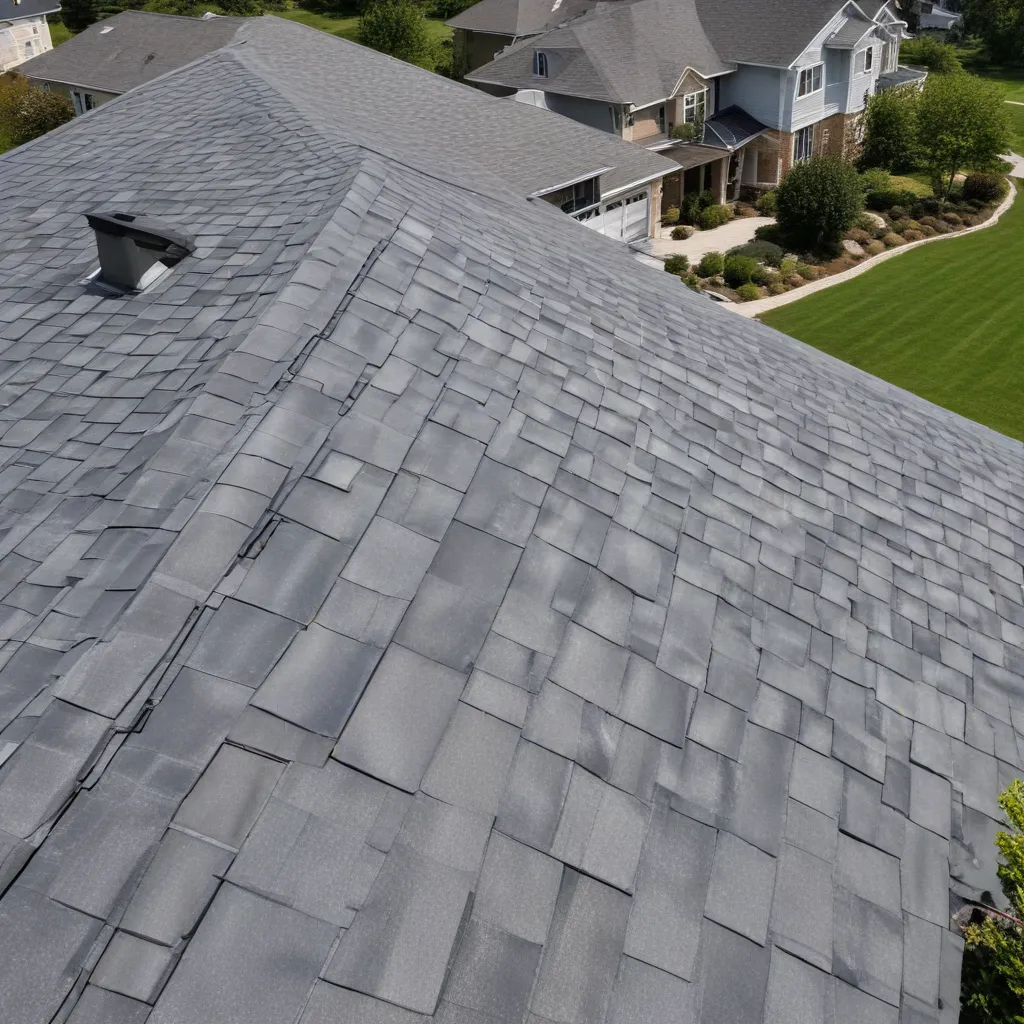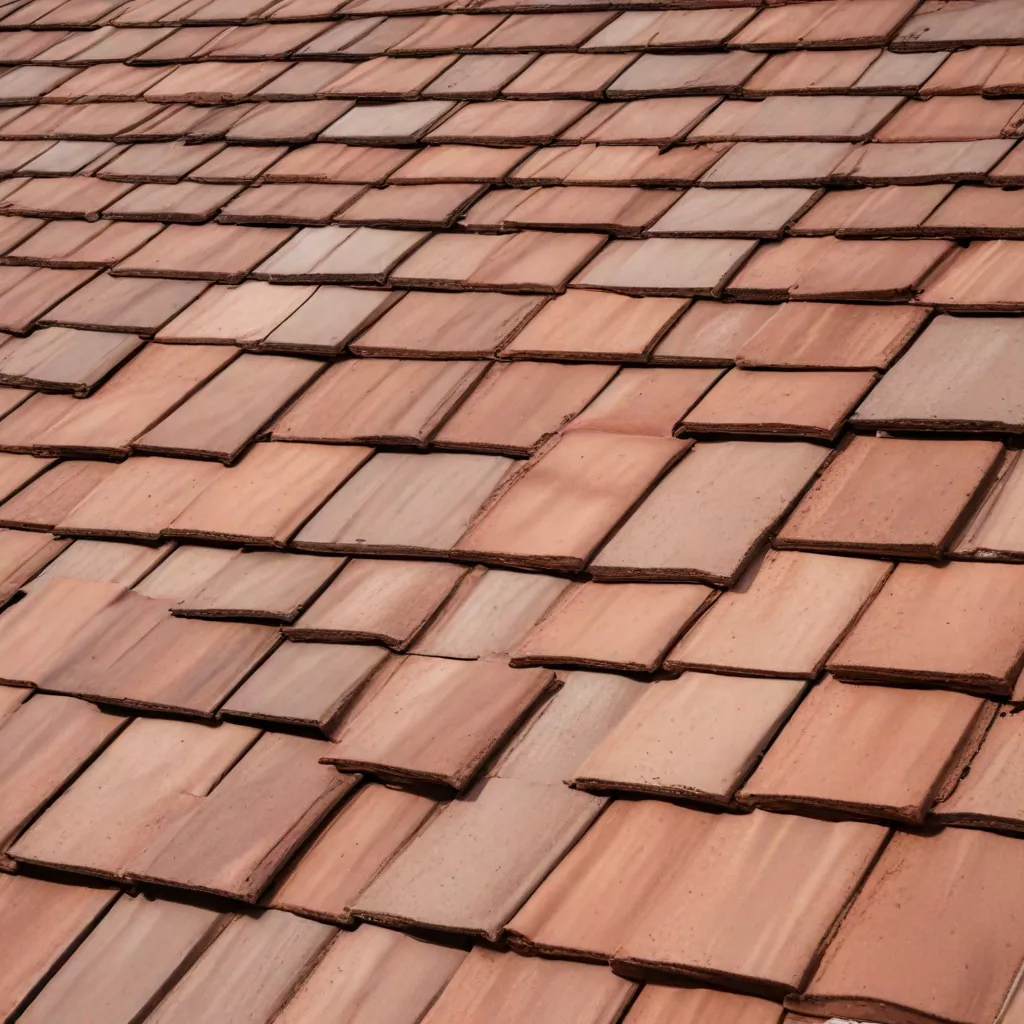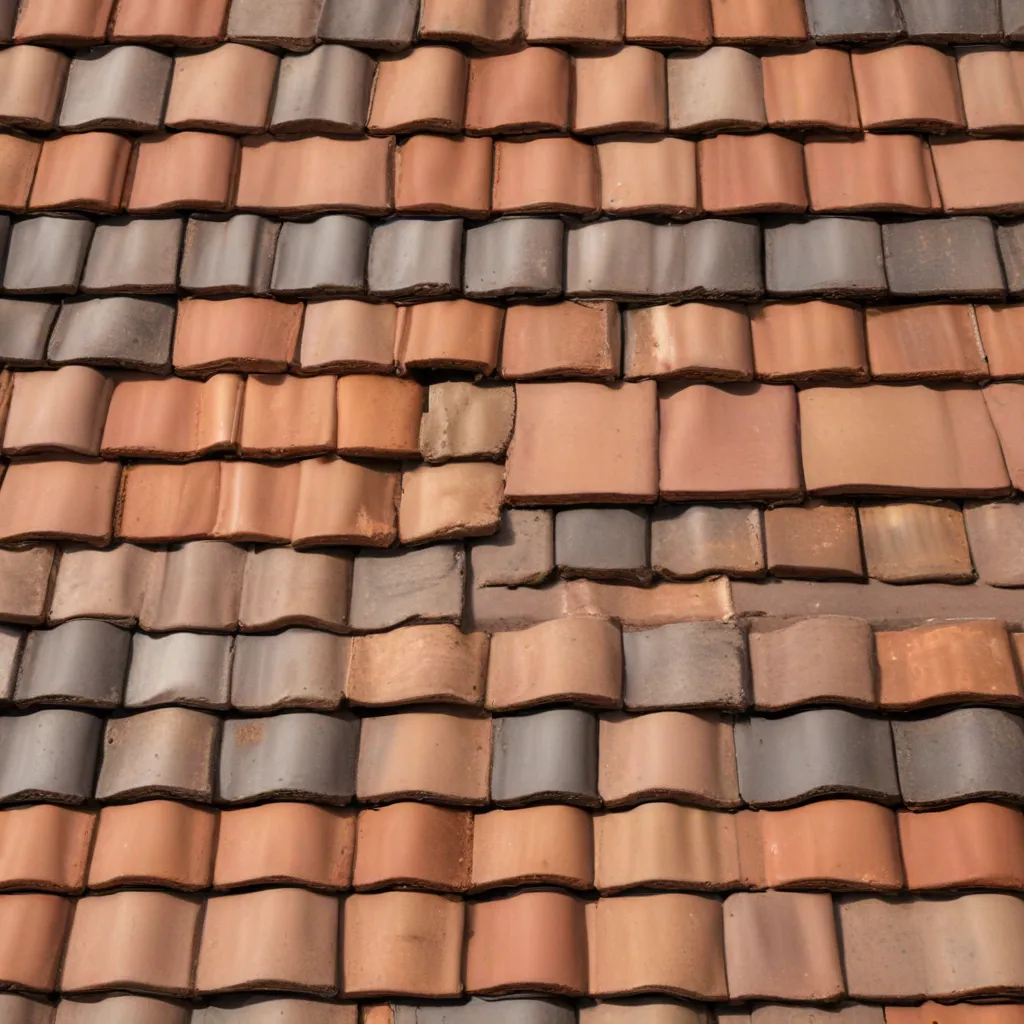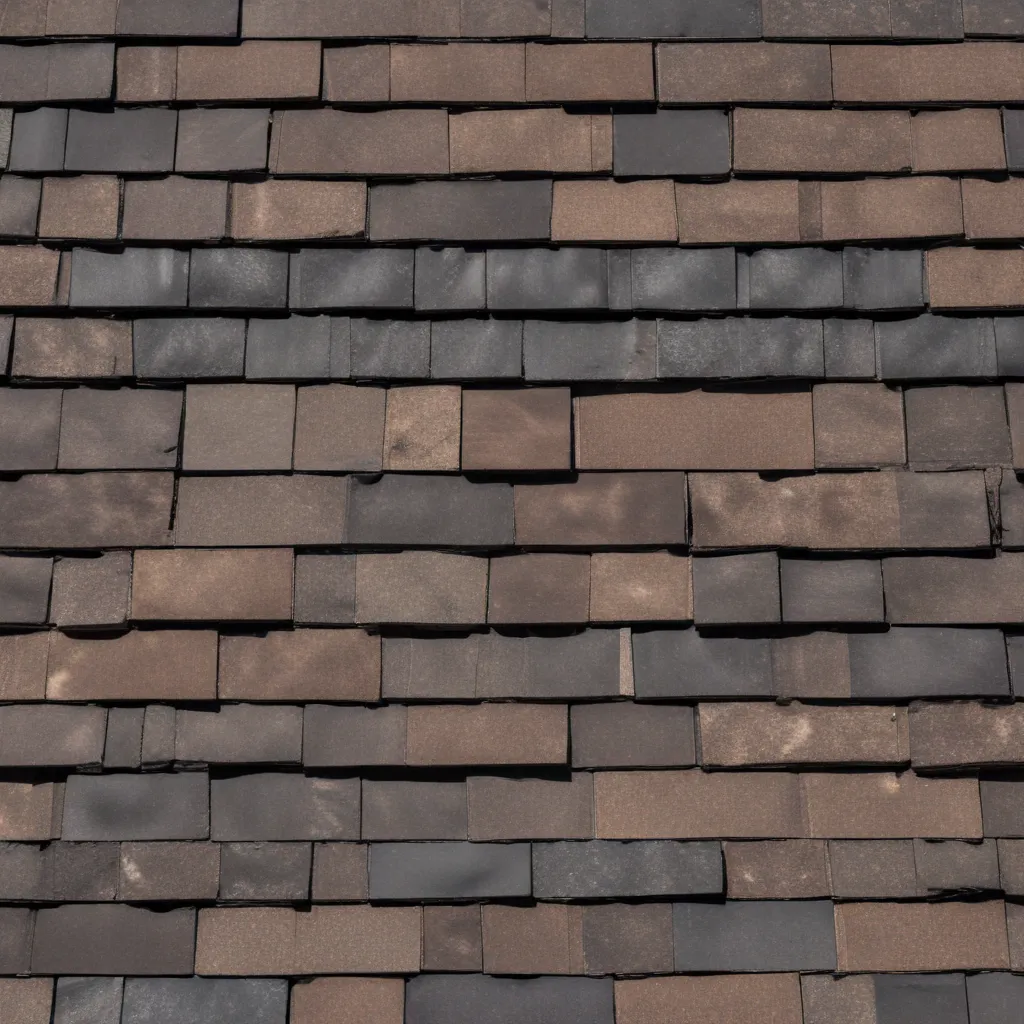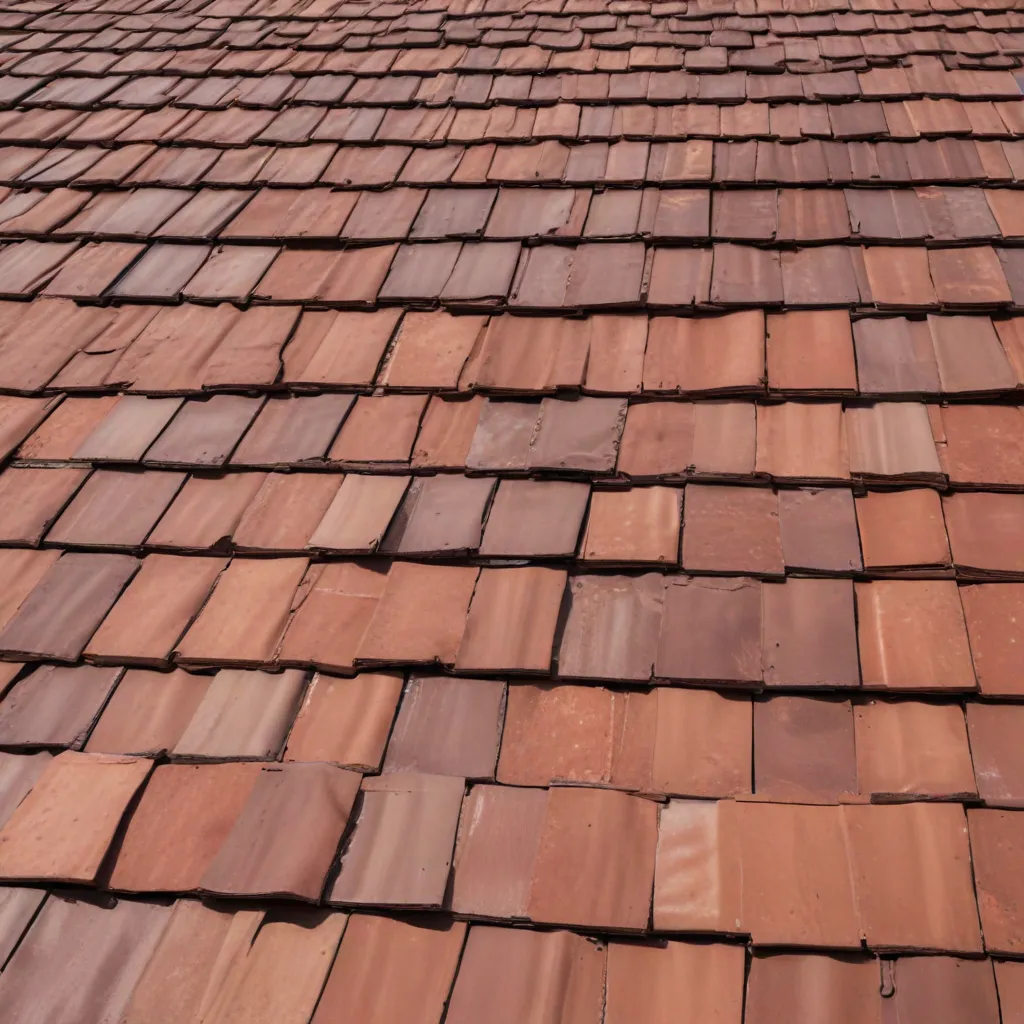
As a seasoned roofing specialist at Genuine Roof Systems, I’ve had the privilege of witnessing the remarkable evolution of metal roofing. Once considered a utilitarian choice, metal roofs have now emerged as a versatile, energy-efficient, and aesthetically pleasing option for buildings of all kinds. One of the most exciting developments in the world of metal roofing is the growing popularity of retrofitting – the process of upgrading an existing roof by installing a new metal system over the current structure.
The Benefits of Metal Roof Retrofits
Metal roof retrofits offer a wealth of advantages that make them an increasingly attractive choice for building owners and contractors alike. Let’s explore the key benefits:
Durability
Metal roofs are renowned for their exceptional longevity, often lasting 40 to 70 years or more with proper maintenance. By upgrading to a metal roof retrofit, you’re enhancing the durability of your building’s most crucial protective layer, safeguarding it against the ravages of time and the elements.
Energy Efficiency
One of the standout features of metal roofs is their ability to improve a building’s energy efficiency. The reflective nature of metal surfaces helps deflect the sun’s rays, reducing heat absorption and lowering cooling costs. Additionally, advancements in insulation and ventilation systems have further elevated the thermal performance of metal roof retrofits, delivering significant long-term energy savings.
Aesthetic Appeal
Contrary to the industrial image of the past, modern metal roofing systems offer a diverse array of design options. From bold, vibrant colors to sleek, contemporary profiles, metal roof retrofits can dramatically enhance the visual appeal of your building, elevating its curb appeal and architectural integrity.
Cost-Effectiveness
Compared to a full roof replacement, a metal roof retrofit is often a more cost-effective solution. By utilizing the existing roof structure, you can avoid the expenses associated with a complete tear-off and disposal, making the retrofit a financially savvy choice.
Environmental Impact
Metal roofs are inherently eco-friendly, as they are highly recyclable at the end of their lifespan. Moreover, the energy-efficient properties of metal roof retrofits can contribute to reduced greenhouse gas emissions and a smaller carbon footprint for your building, aligning with the growing demand for sustainable roofing solutions.
Preparing for a Metal Roof Retrofit
Before embarking on a metal roof retrofit project, it’s crucial to evaluate the condition of your current roof and ensure that it can support the new system. A thorough inspection by a roofing professional will identify any structural issues or necessary repairs, allowing for a seamless and successful installation.
Once the existing roof is deemed suitable, the next step is to prepare the surface for the new metal panels. This may involve removing old roofing materials, addressing any flashings or soffits, and ensuring a clean, level substrate to guarantee a secure and watertight installation.
Enhancing Energy Efficiency
One of the primary advantages of a metal roof retrofit is the opportunity to significantly improve the energy efficiency of your building. By carefully selecting the right insulation and ventilation systems, you can maximize the thermal performance of your new metal roof, reducing energy consumption and utility costs.
Insulation Options
The type and thickness of insulation used under the metal panels play a crucial role in the overall thermal efficiency of the roof. Depending on your climate and building needs, you may opt for rigid foam insulation, fiberglass batts, or even spray foam to create a highly insulated barrier.
Ventilation Systems
Proper ventilation is essential for maintaining the long-term health and performance of your metal roof. Strategies like above-sheathing ventilation and the integration of ridge vents or solar-powered attic fans can enhance airflow, prevent moisture buildup, and further contribute to energy savings.
Aesthetic Enhancements
One of the most exciting aspects of a metal roof retrofit is the opportunity to transform the visual appearance of your building. Metal roofing systems offer a wide range of colors, textures, and profiles to choose from, allowing you to seamlessly integrate your new roof with the existing architectural style.
Whether you prefer the bold, modern look of a standing seam metal roof or the classic charm of a corrugated metal panel, the options are plentiful. Many manufacturers also offer customizable finishes, such as Galvalume or PVDF coatings, to ensure your metal roof retrofit not only performs exceptionally but also enhances the overall aesthetic of your property.
Installation and Maintenance
The installation process for a metal roof retrofit is typically faster and less disruptive than a full roof replacement. Experienced contractors utilize specialized techniques and pre-engineered components to securely attach the new metal panels to the existing roof structure, minimizing downtime and ensuring a watertight seal.
Once installed, metal roof systems require relatively low maintenance compared to other roofing materials. Regular inspections, gutter cleaning, and occasional touch-ups to sealants or fasteners can help maintain the longevity and performance of your metal roof retrofit for decades to come.
Cost Considerations and Incentives
While the initial investment in a metal roof retrofit may be higher than some traditional roofing options, the long-term benefits often outweigh the upfront costs. The improved energy efficiency, reduced maintenance requirements, and enhanced durability of metal roofs can translate into significant savings over the life of the building.
Additionally, homeowners and businesses may be eligible for various tax credits, rebates, or energy-efficiency incentives that can help offset the cost of a metal roof retrofit project. These programs are often implemented at the local, state, or federal level, so it’s essential to research the available options in your area.
Sustainability and the Environment
As the demand for eco-friendly building solutions continues to grow, metal roof retrofits stand out as a shining example of sustainable roofing. Metal is an inherently recyclable material, and many manufacturers incorporate recycled content into their products, reducing the environmental impact of the manufacturing process.
Furthermore, the energy-saving benefits of metal roofs can have a profound effect on a building’s carbon footprint. By lowering energy consumption and greenhouse gas emissions, a well-designed metal roof retrofit can contribute to a more sustainable future for your property and the surrounding community.
Conclusion
In an era of increasing environmental consciousness and the need for resilient, high-performing buildings, metal roof retrofits have emerged as a game-changing solution. By enhancing energy efficiency, aesthetic appeal, and long-term durability, these innovative systems offer a sustainable and cost-effective way to elevate the performance and value of your property.
Whether you’re a building owner seeking to modernize your facility or a contractor looking to provide your clients with the best possible roofing solution, metal roof retrofits from Genuine Roof Systems promise to deliver unparalleled results. Embrace the future of roofing and discover how a metal roof retrofit can transform your building’s potential.

